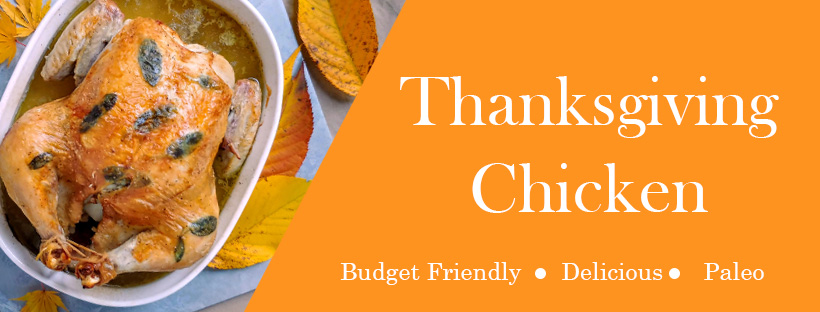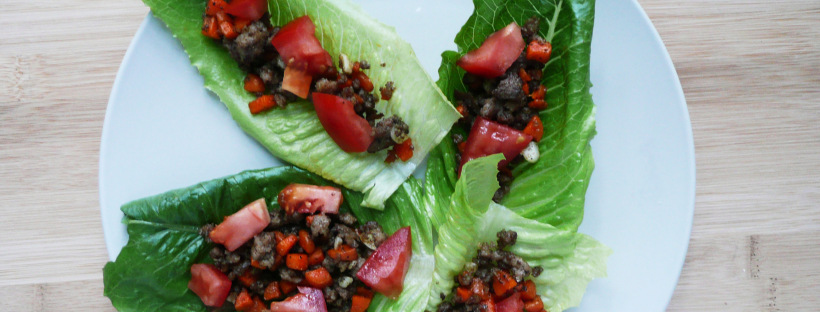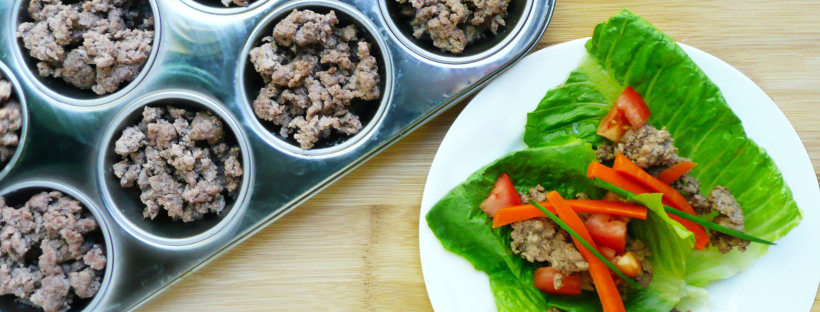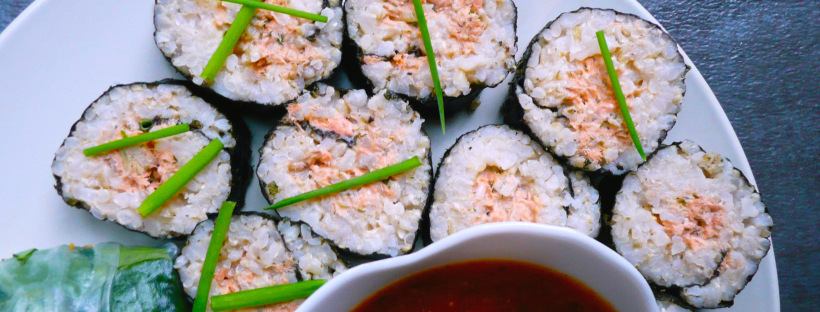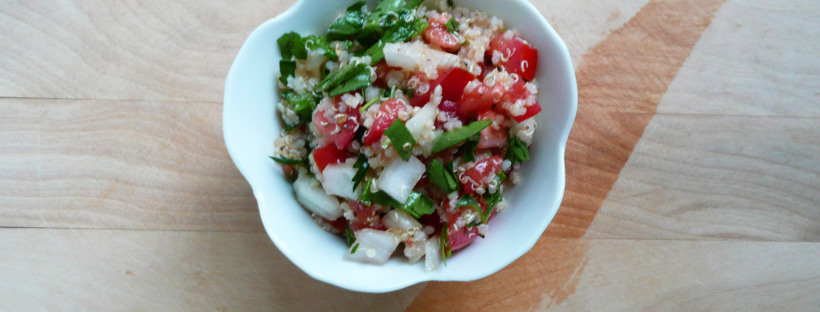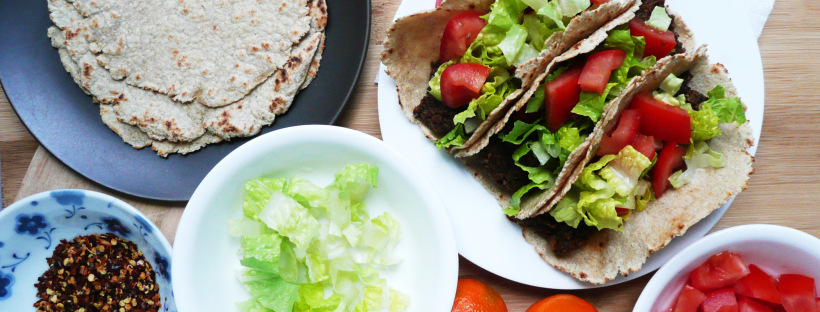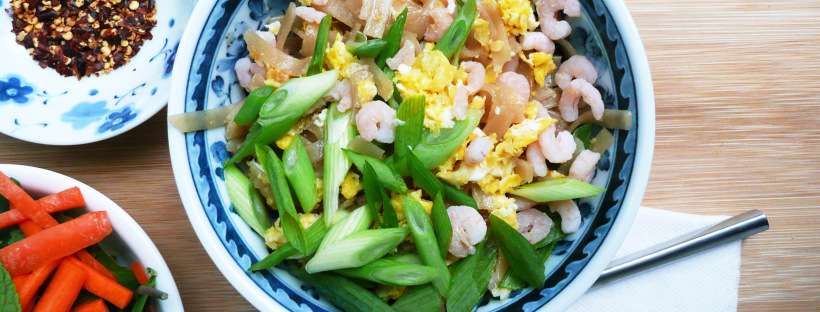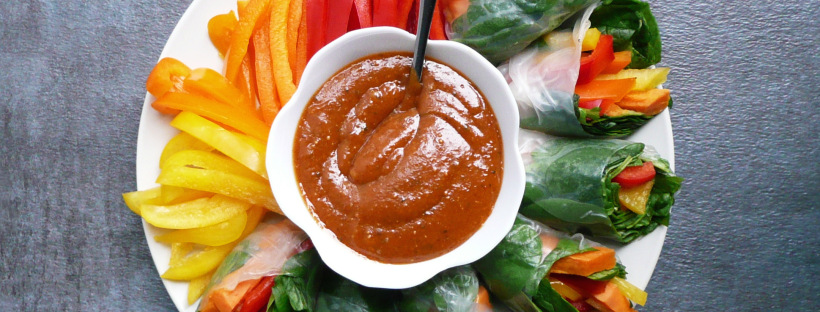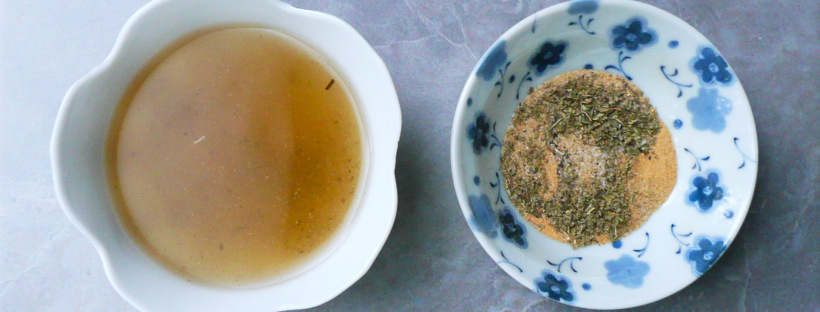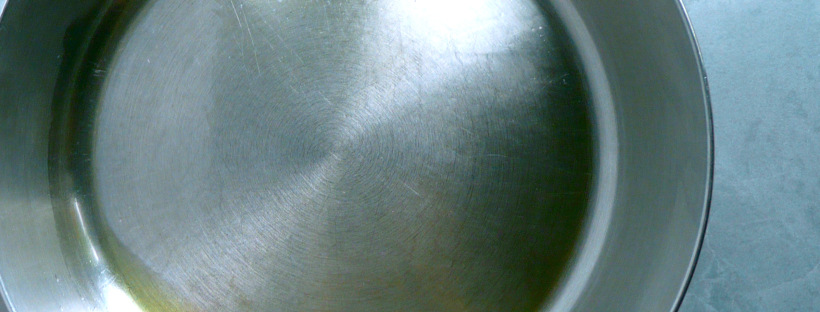A.K.A. the cheaper turkey... A lovely roast chicken rich with the Thanksgiving flavors of thyme, sage, and rosemary (and you don't have to make a gravy).
Category: Main
Easy Weeknight Cumin Lamb Lettuce Cups
These cumin lettuce cups are a snap to make and perfect for a quick and easy weeknight dinner.
How I Save Money On Grass Fed Meat (Without Coupons!)
Here's my quick tip for saving money on grass fed meat without coupons, and an easy and convenient way to keep meat on hand for weeknight dinners.
Salmon Salad Sushi – Super Easy
I love tuna salad, and this is a slightly fancier version but is still super simple to make. It's perfect for a quick dinner, and you can use up your leftover brown rice or salmon to make this tasty dish.
Quinoa Tabbouleh – Easy, Gluten-Free, Vegan, Delicious
A simple, healthy, and delicious way to use up leftover quinoa. Great to make ahead for easy lunches.
Gluten Free Oat Flour Tortilla Recipe – Super Easy, Cheap and Cheerful, Vegan Friendly
Nothing says "I love you" quite like a taco (and everyone loves tacos). So this Valentine's Day, make your loved one some amazing tacos with these gluten free oat flour tortillas.
Weeknight Shrimp Pad Thai – Easy and Quick Recipe – Refined Sugar Free
This Weeknight Shrimp Pad Thai is super quick and easy to make, and made with ingredients like apple cider vinegar, maple syrup, and brown rice noodles that you can find at any local supermarket. Perfect for a weeknight dinner when you're craving some really good Thai food.
Vegan Thai Peanut Sauce and Veggie Packed Spring Rolls – Vegan, Gluten Free, Dairy Free, Refined Sugar Free, Peanut Satay Sauce
These spring rolls are a bright and colorful way to get your veggies in for the day, and the Thai Peanut Satay Sauce is vegan, and is great on just about anything. Pan fried tofu + this peanut sauce = pure heaven.
Instant Homemade Vegetable Stock Mix – Vegan, Soy-free, Gluten-Free
A simple and easy recipe to always have vegetable stock on hand. This recipe is soy free, thrifty and easy to customize.
How to Make a Stainless Steel Pan Non-stick (non-toxic)
A super easy and non-toxic way to make a temporary non-stick coating on you stainless steel pan.
